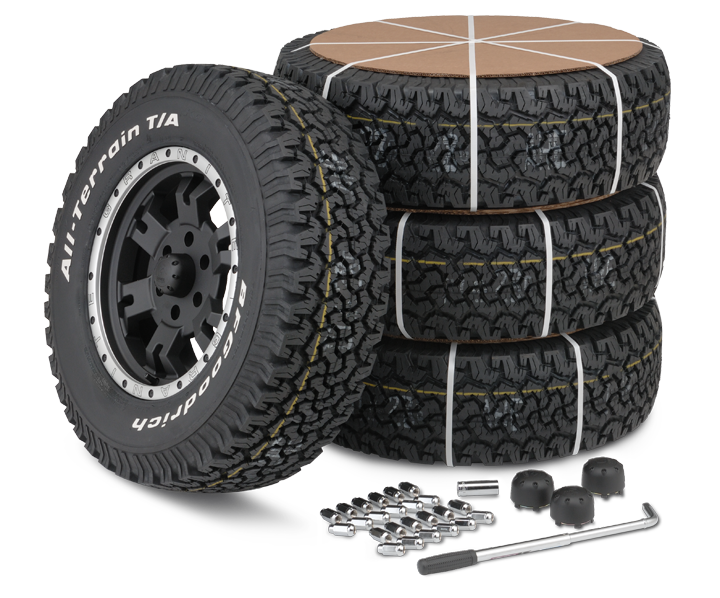Tire Solution: The Influence of Climate Conditions
When it pertains to ensuring optimal performance and safety when driving, comprehending the influence of climate condition on tire solution is critical. From scorching warm to icy roads, each weather condition element can considerably influence tire capability and overall driving experience. By diving into the impacts of differing climate conditions on tires, motorists can obtain beneficial understandings that might enhance their car's performance and long life. In this discussion, we will discover the elaborate connection in between weather and tire solution, dropping light on the relevance of weather-specific tire maintenance practices and factors to consider.
Warm and Tire Efficiency
When exposed to high temperature levels, tires experience adjustments in performance that can dramatically impact automobile safety and security and handling. The heat created from prolonged driving or warm climate problems creates the tire rubber to soften, leading to decreased tread life and raised wear. As the rubber comes to be softer, the tire's hold when driving decreases, impacting stopping ranges and overall traction. In severe instances, too much warmth can also cause tire blowouts, presenting an extreme safety risk to the automobile and its occupants.
Moreover, high temperature levels can speed up the process of tire aging, creating the rubber to weaken much more quickly. To minimize the impacts of heat on tire performance, drivers need to consistently inspect their tire pressure, rotate tires to guarantee also use, and inspect for any kind of signs of damage.
Cold Weather Impacts
Winter problems can have a considerable influence on tire efficiency and safety. As temperature levels drop, tire rubber can set, leading to lowered traction on icy or snow-covered roads. In winter, tires may additionally lose atmospheric pressure a lot more swiftly, which can influence dealing with and gas efficiency. Furthermore, cool temperature levels can trigger tire sidewalls to tense, enhancing the danger of damages from gaps or other road threats.
To mitigate the effects of winter on tires, it is critical to routinely examine tire stress and inflate them to the manufacturer's recommended levels. Utilizing winter season or all-season tires created for winter problems can also enhance traction and hold on icy or snowy roads - morris tire and alignment. Proper tire upkeep, consisting of routine examinations for wear and damages, becomes a lot more essential throughout chillier months to ensure optimal performance and safety and security
Rainy Conditions Influence
Tires with worn-out treads are much more vulnerable to hydroplaning, where a layer of water builds up between the tire and the roadway surface, leading to loss of grip. To fight this, motorists ought to on a regular basis evaluate their tires for adequate tread depth and consider spending in tires specifically developed for wet conditions.

Snow and Tire Safety And Security
When driving in snowy conditions, having the ideal tires can make a substantial distinction in safety and efficiency. Winter season tires are developed with unique rubber compounds and step patterns to give far better grip on snow and ice compared to all-season tires.
Along with using winter months tires, it is vital to guarantee they are properly pumped up. Winter can create tire pressure to drop, affecting traction and handling (tire shop morris). Routinely checking and maintaining the right tire pressure is crucial for optimal efficiency in snowy problems

Weather-Related Tire Upkeep
When confronted with numerous weather, appropriate tire upkeep comes to be an essential aspect of vehicle safety and security and efficiency. Weather-related tire maintenance incorporates an array of methods aimed at guaranteeing optimum tire feature and discover here durability in different climate circumstances. One essential facet of weather-related tire upkeep is tire stress law. Changing temperatures can create tire stress to vary, impacting grip and fuel performance. Frequently adjusting and examining tire pressure according to supplier suggestions is vital for risk-free driving in transforming weather. Furthermore, tire step deepness plays a considerable duty in managing various weather condition components. Tires with appropriate tread depth provide much better grasp on wet or icy roadways, minimizing the risk of hydroplaning or skidding. Checking tire tread consistently and changing tires when tread wear gets to a certain depth is crucial for preserving traction and security in adverse climate. By focusing on weather-related tire upkeep, vehicle drivers can enhance safety, enhance vehicle performance, and extend the life-span of their tires.
Verdict
In conclusion, climate conditions have a significant effect on tire efficiency and safety (tires morris il). From warm influencing tire stress and use to chilly climate decreasing traction, it is crucial to consider the weather when maintaining and utilizing tires.
In this conversation, we will explore the complex partnership in between climate conditions and tire solution, losing light on the importance of weather-specific tire upkeep practices and factors to consider.
